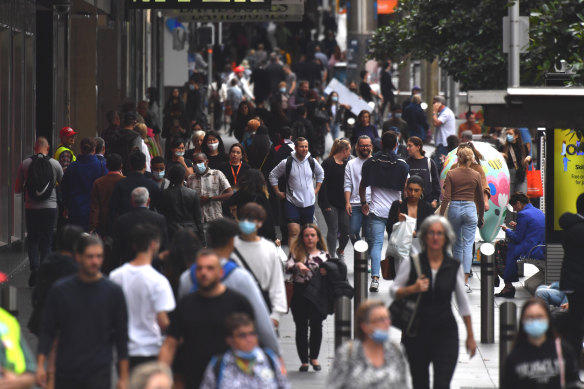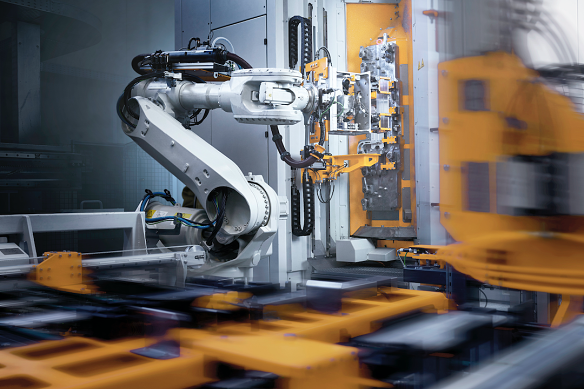
A report by Victoria’s Skills Authority says that by 2025 the state will face a shortage of nearly 400,000 workers.
That figure includes 65,000 health and aged and disability care workers, 90,000 service sector workers, 41,000 teaching staff, 34,000 construction workers and 64,000 financial services and IT professionals.

By 2025 Victoria is expected to face a shortage of 400,000 workers.Credit:Joe Armao
Meanwhile, Victoria’s unemployment rate has fallen to its lowest level since 1974, with just one unemployed person for every vacant job. There simply aren’t enough humans to go around.
As a lifelong “techy” who has spent more than 20 years developing and integrating technology to solve business problems, this massive imbalance begs an obvious question: could robots help to redress the state’s massive labour shortage? The short answer? Yes, definitely.
In Singapore alone, a market I know well through my role at one of the digital tech services firms, robot density is growing on average by 27 per cent year-on-year. Globally, the adoption of robotics and automation has accelerated over the past two years across a huge variety of roles including delivery, surveillance, monitoring, customer service, disinfecting, and logistics across manufacturing, banks, hospitals, restaurants and more.
We’ve come a long way since General Motors’ 1961 installation of a robot to manoeuvre pieces of white-hot metal during the car manufacturing process, but the concept remains the same. To have robotic processes perform tedious repetitive, mundane, or unsafe roles, so that people can be redeployed into more skilled, safer, and individualised work.

Skills in AI, robotics and automation are in demand for multiple industries.Credit: Getty
With robots in an assembly line, manufacturers save money. Also, not surprisingly, making people’s jobs safer and more interesting has an immediate knock-on effect of higher job satisfaction and retention, and improved wellbeing.
Consider the 65,000 health and aged and disability care workers we need to resource by 2025. Robots powered by AI-based image recognition software and tasked with taking patients’ vital signs and delivering medication and snacks have already been successfully trialled in Singapore’s Alexandra Hospital.



























